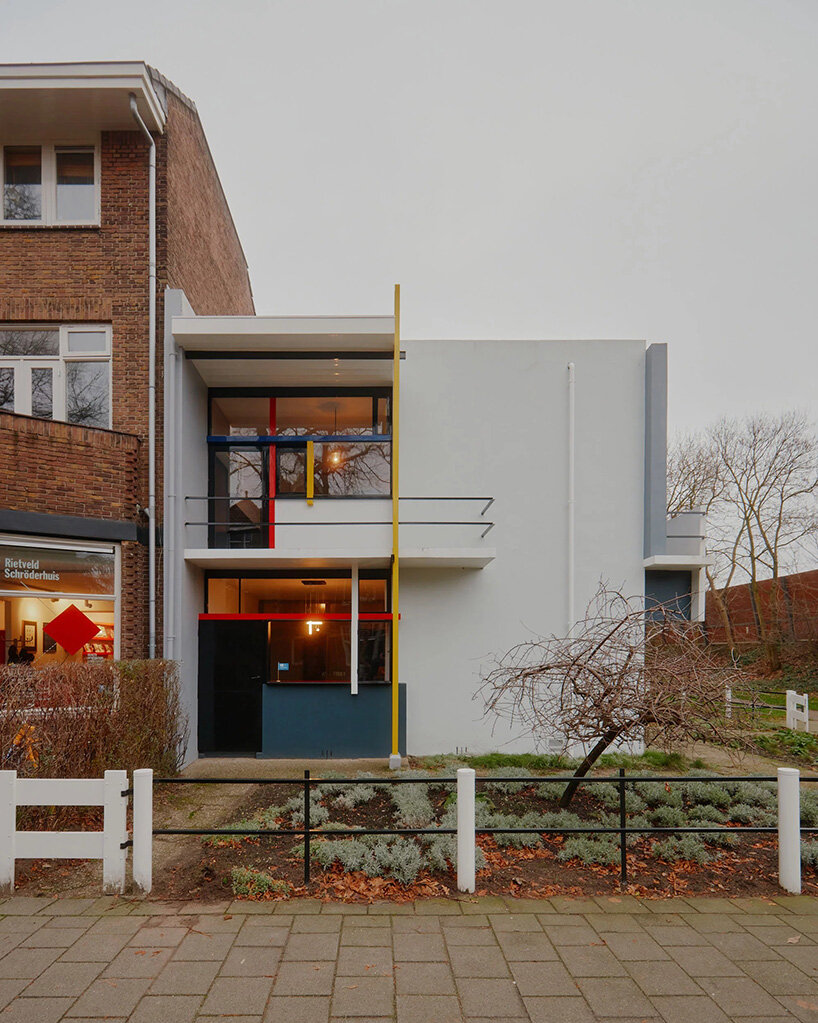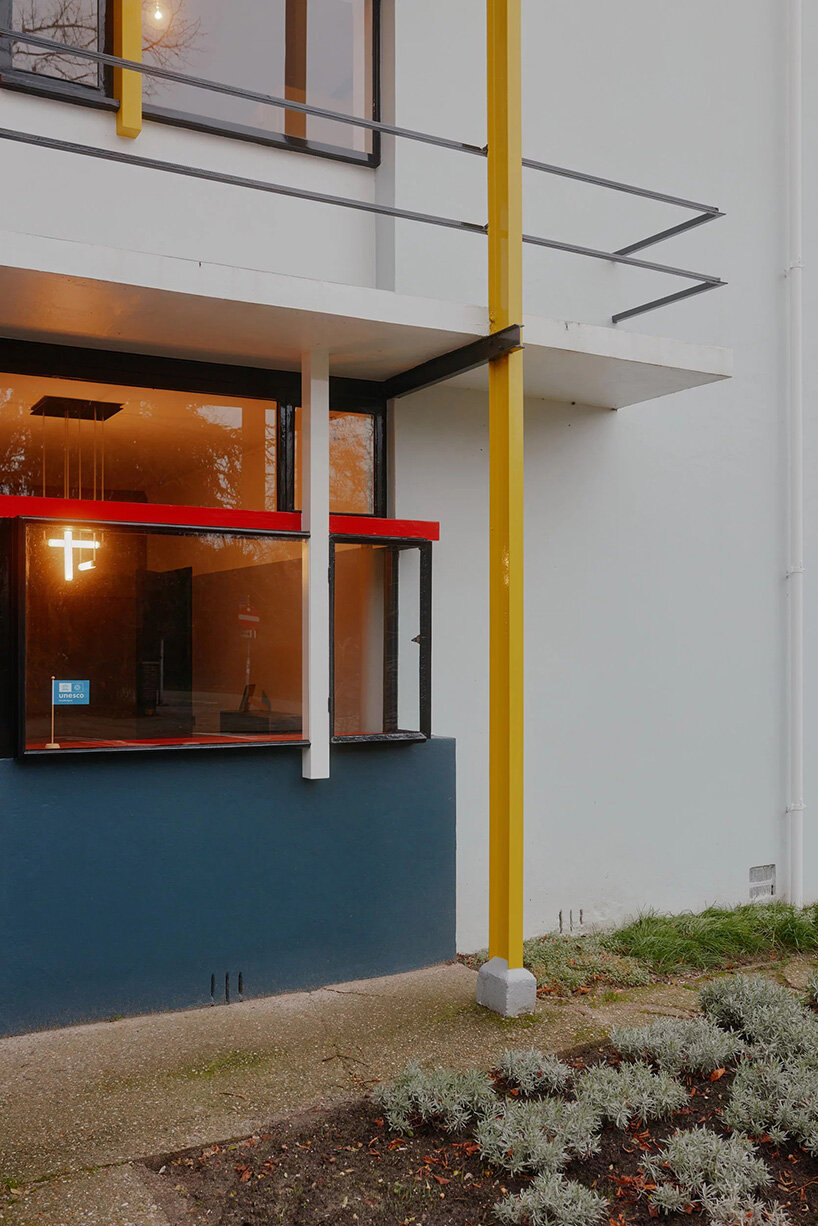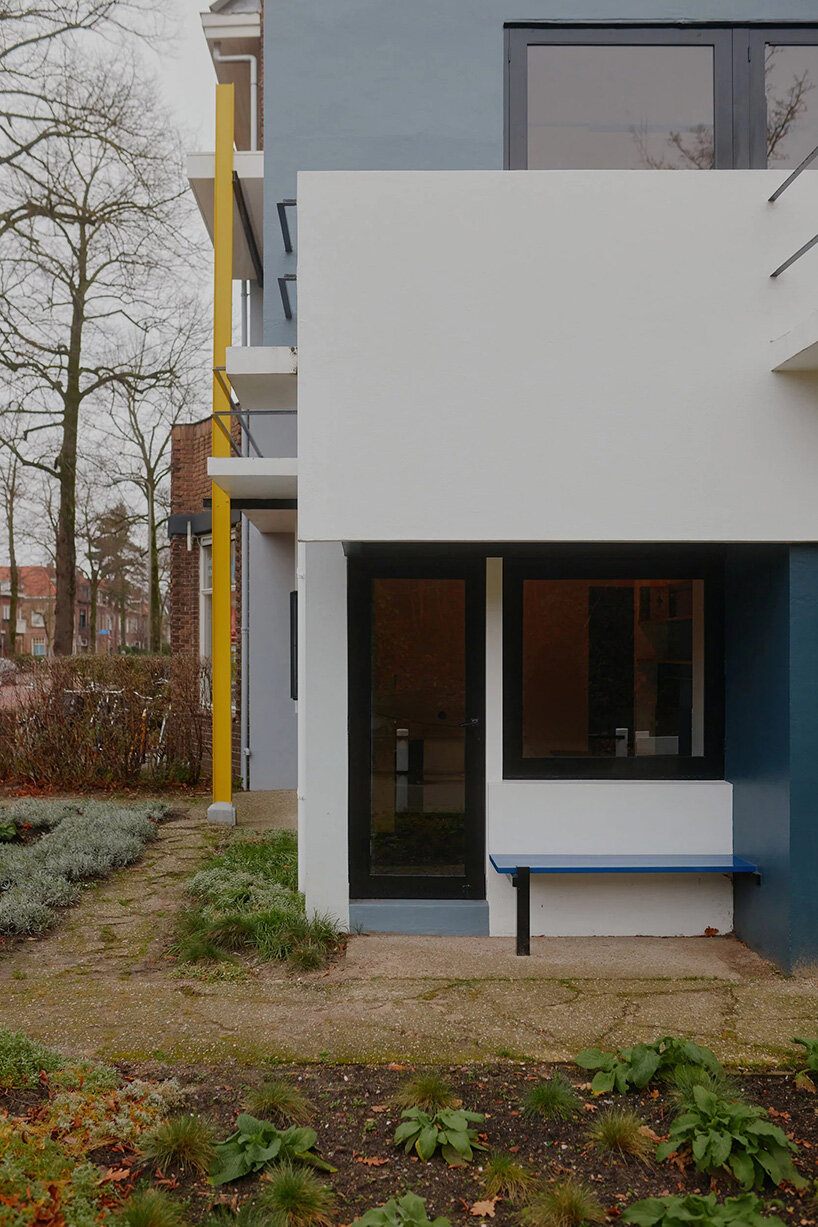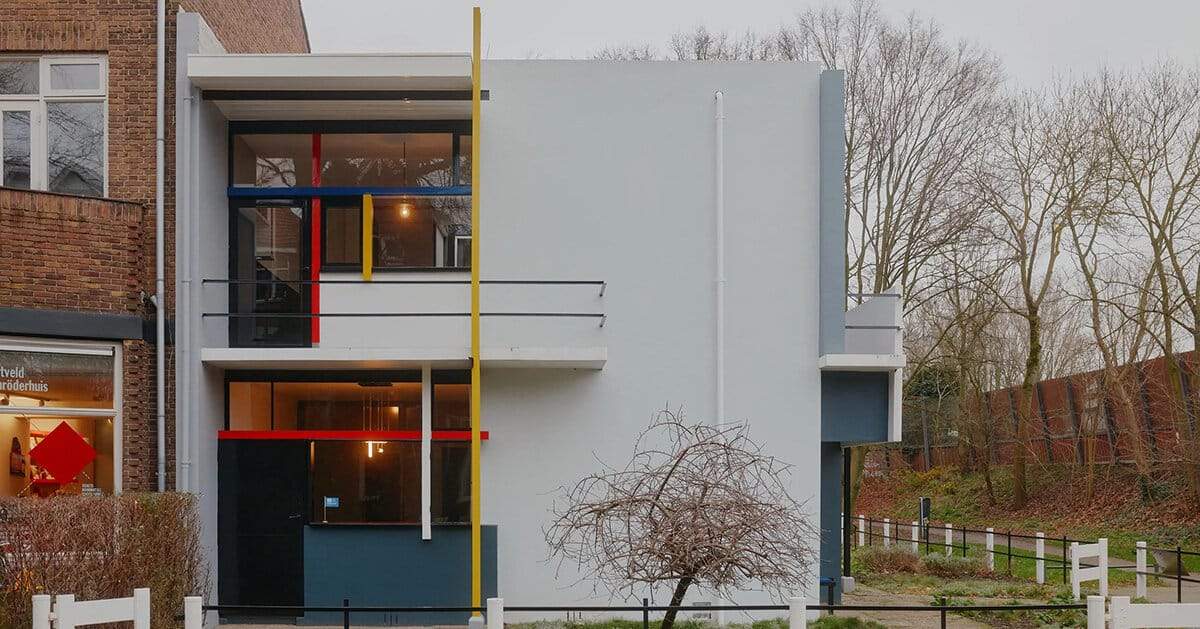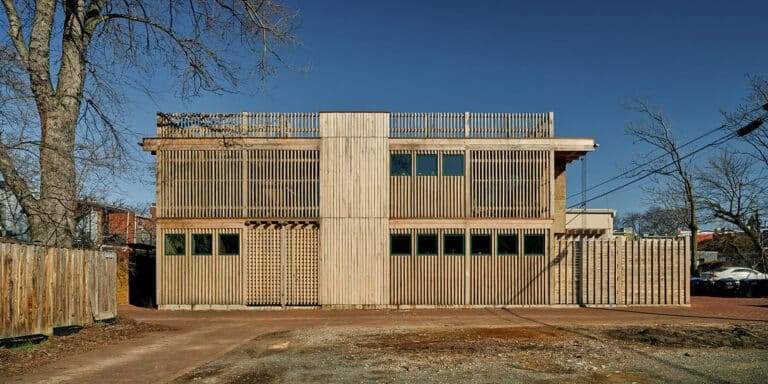Rietveld Schröder House: A Future from the Past Century
A Contemporary Photographic Vision of a Modernism Icon
In a precise visual work, German photographer David Alterth captures one of the most prominent examples of architectural modernism in Europe: the Rietveld Schröder House in the Dutch city of Utrecht. The photography here does not simply present a static image. It revives a dialogue with a building that, over a century later, continues to represent progressive and astonishing architectural thought.
A Design Ahead of Its Time
The house was built in 1924 by Dutch architect Gerrit Rietveld at the request of social activist Truus Schröder. This structure serves as a physical embodiment of the De Stijl art movement. It aimed to strip down shapes and focus on straight lines and primary colours to create a visual and aesthetic harmony.
A House That Defies Time
Despite being a century old, the house still appears to be from the future. Alterth’s images convey this impression through angles that reflect an impeccable simplicity. The harmonious dialogue between spaces and colors makes the building a sensory experience that goes beyond just being a dwelling.
The Legacy of De Stijl Continues in Utrecht
A Visual Language Beyond Time
Through his images, David Alterth reveals the innovative structure of the Rietveld Schröder House. He highlights the interaction between lines, planes, and primary colours that formed the essence of the De Stijl movement. Here, there are no fixed angles or rigid boundaries. Rather, the space is designed with fluidity that allows for a dynamic openness between the interior and exterior.
Blurring the Boundaries Between Interior and Exterior
Through sliding panels and intersecting planes, the barrier between the inside and the outside fades away. Alterth’s lens captures this delicate relationship between light and shadow. It shows how light reshapes the architectural space in a continuous, renewing manner. The geometric rigour is infused with a vibrant, dynamic life.
An Interior Design That Adapts to Life
One of the most impressive features of this house is its internal flexibility. Moving walls and transformable rooms allow inhabitants to reshape the space according to their daily needs. This was not merely a passing design trend. It was a direct challenge to the local standards of the 1920s, where architecture was often constrained by rigid models.
From a Revolutionary Building to a World Heritage Site
Today, the Rietveld Schröder House is classified as a UNESCO World Heritage Site. It stands as one of the few examples fully executed according to the principles of the De Stijl movement in architecture. This unique building embodies an architectural vision that calls for abstraction, freedom, and clarity—concepts that continue to resonate even in the 21st century.
